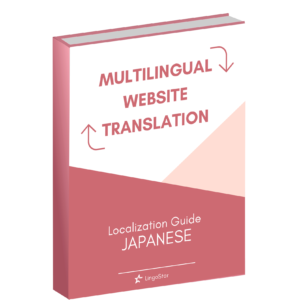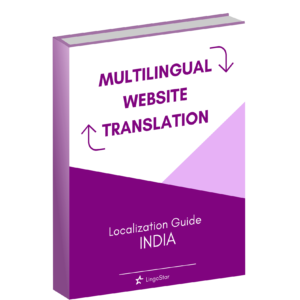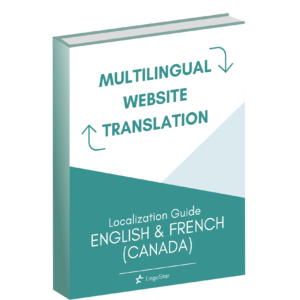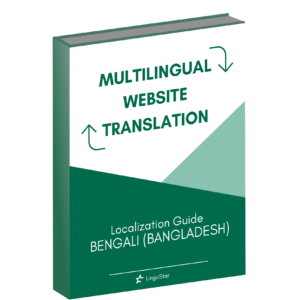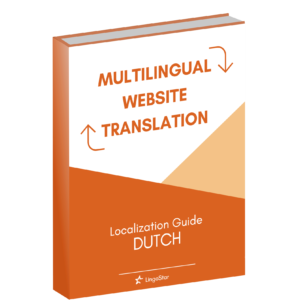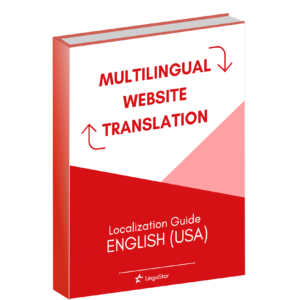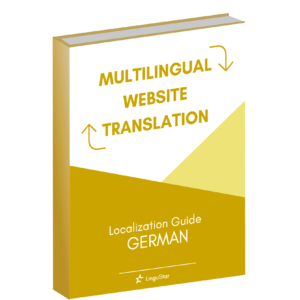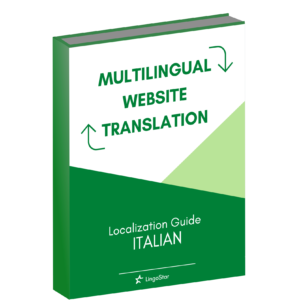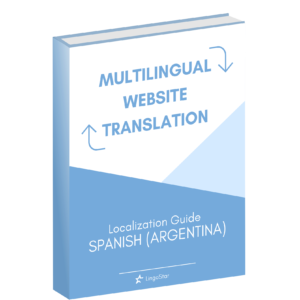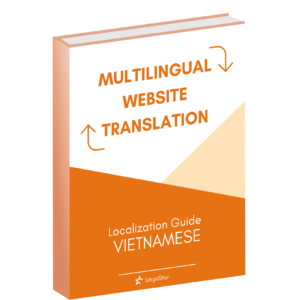Jul 21, 2013 | Blog, Projects
We helped Panoramic broaden their business horizons. Panoramic Software is a Vancouver-based software developer of games and applications for mobile devices. Their popular Calc-Pro calculator app reached an international audience after we helped them translate it to Korean, Dutch, Russian, German, European Spanish, Italian, Brazilian Portuguese, European Portuguese, European French, and Japanese. A very challenging subject matter as this app performs highly advanced mathematical functions, so a thorough knowledge of mathematics was necessary to ensure a good quality translation. We were thrilled to hear that the Calc-Pro app reached a number 1 rating in...
Jun 21, 2013 | Blog, Projects
With our help, Mobidia expanded their client base internationally. Mobidia Technology Inc. is an award-winning software developer whose app ‘My Data Manager’ analyzes mobile data usage to help both users and mobile operators track and use their data efficiently. We were able to help them expand their sales internationally by translating the App to Czech, Japanese, Korean, European French, European Spanish, and Brazilian Portuguese. As always when translating software material, it is imperative to rule out any inconsistencies in terminology and confirm the context for many phrases so that when they appear to the target market user, the language has been used...
May 8, 2013 | Blog, Projects
We help Kwantlen bring quality and excellence to their international student reach. Kwantlen Polytechnic University, established in 1981 by the government of British Columbia, has evolved from a college to a university, embracing its role as an important resource in preparing graduates to be not just contributing members of society, but global citizens. In keeping with their position as an attractive option for international students, Kwantlen has asked us to translate and update foreign language brochures into the following languages on a yearly basis: Simplified Chinese, Traditional Chinese, Turkish, Spanish, Portuguese, Vietnamese, Arabic, German, Korean, and Punjabi. We are careful to place the translations with translators who live and work in the foreign market to ensure appropriately localized content for their potential students and their...
Apr 21, 2013 | Blog, Projects
We help International Trimmings & Labels (ITL) meet their clients’ multilingual branding, product ID and supply chain management needs. This garment label manufacturer designs, manufactures and distributes apparel branding products. We provide ongoing services every day or two for very short texts into multiple languages, including Arabic, Georgian, Indonesian, Kazakh, Polish, Romanian, Thai, Turkish, Vietnamese, Danish, Dutch, European French, European Spanish, German, Italian, European Portuguese, Russian, and Swedish. Terminology is often subject to interpretation as context can be scarce but our translators are provided with terminology lists and reference material where necessary to maintain...
Apr 8, 2013 | Blog, Projects
With our help, Go2 Productions takes a bite out of challenging multilingual voice-over projects for Apple Inc. This creative video production agency provides highly engaging content for their clients’ corporate videos and TV commercials. Winner of several Telly awards in 2012 for their spot-on, high-impact work with MADD, Sunshine Coast Health Centre and PLANTCAL, Go2 has earned important clients like Disney and Apple Inc. For Apple, Go2 asked us to collaborate with them in the voice-over production of foreign language audio files for their instructional videos, including Mandarin, Cantonese, French (European), Spanish (European), Japanese, Italian, German, Russian, Turkish, Swedish, Dutch, Korean, and Portuguese (Brazilian). Handling multiple scripts and audio files for this many languages can be a challenge, but our meticulous project managers ensure that every file is quality checked and delivered in an efficient and organized...
Mar 8, 2013 | Blog, Projects
We helped Electronic Arts Canada kick off their 2012 FIFA video game around the world. Electronic Arts Canada is a world-renown interactive entertainment software manufacturer whose sports-themed video games have reached international status, earning the company 4.1 billion in 2012. Since 1982, EA has been on the cutting edge of technology, re-inventing the way video games were made and achieving a realism never seen before. Perhaps best known for their FIFA Soccer games, we were thrilled to help them localize the content of their 2012 FIFA and FIFA Street games to football-crazy audiences in France, Spain, the Netherlands, Germany, Japan, the UAE, and Ukraine. We not only completed the translations of the scripts, but we also provided voice artists in each particular dialect to record the content in their studio in Burnaby, BC, making sure that each language was localized in its references and idioms and voiced in an authentic...
Feb 21, 2013 | Blog, Projects
We help Comotion Design create a buzz for their clients by translating content so they can focus on the graphic design. This Vancouver-based advertising and brand consultancy company completes projects for Canadian companies looking to target foreign language target markets. Regular clients are the Forest Products Association of Canada (FPAC) and BC Blueberry Council, among others. We are proud to provide them with high-quality translations of their clients’ advertising and marketing content into multiple languages including French, Simplified Chinese, Korean, Japanese, European Spanish, Italian, and...
Jan 21, 2013 | Blog, Projects
We helped the Office of the BC Ombudsperson relay an excerpt of a report to Punjabi and Chinese speakers of BC. The Office of the BC Ombudsperson receives enquiries and complaints about unfair administrative practices of provincial government ministries or public agencies. The office is independent of government and political parties. The services are free and confidential. We helped them translate an excerpt of a report from English to Punjabi, Simplified Chinese and Traditional...






